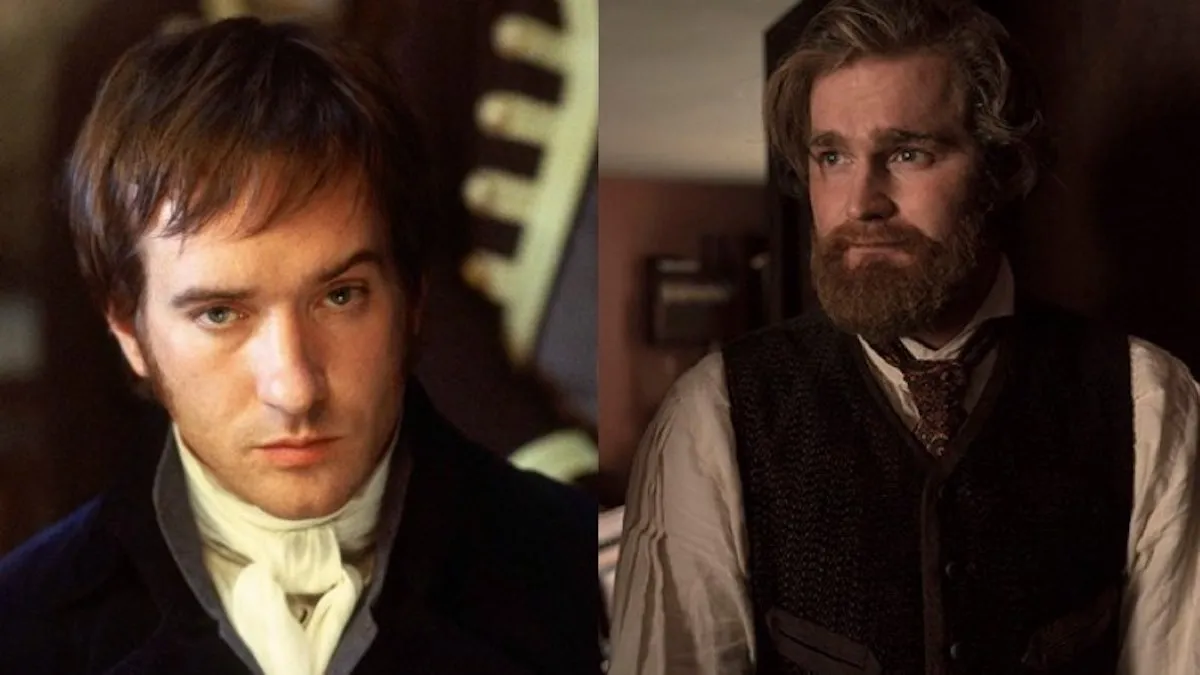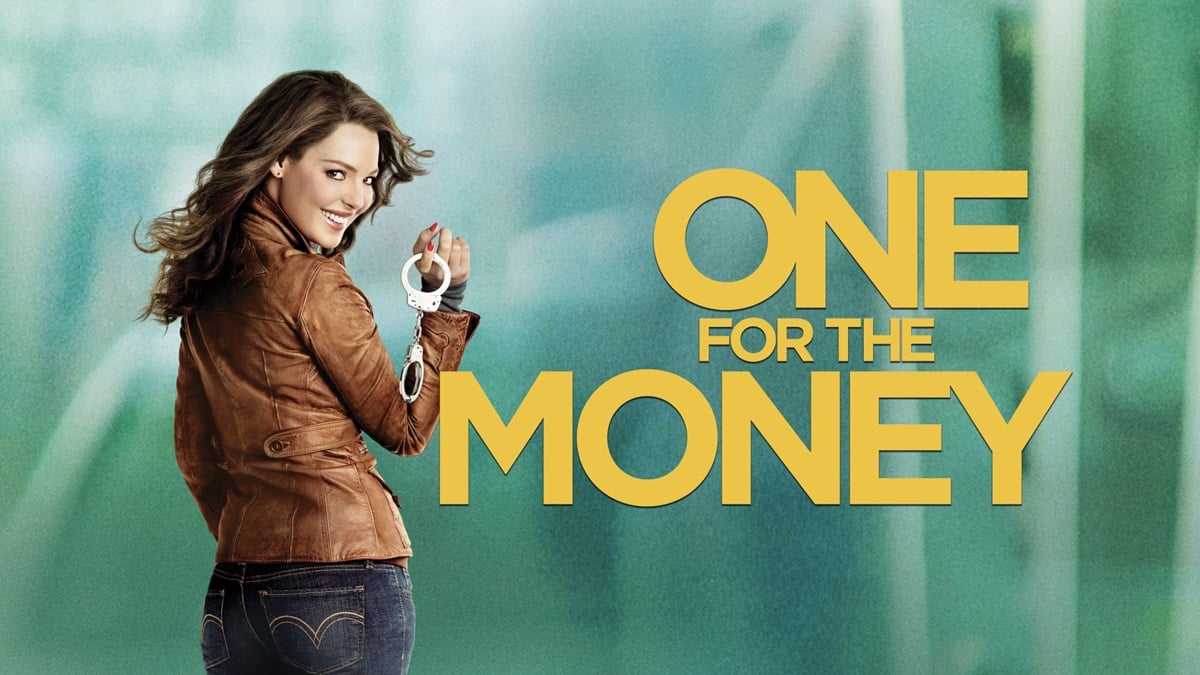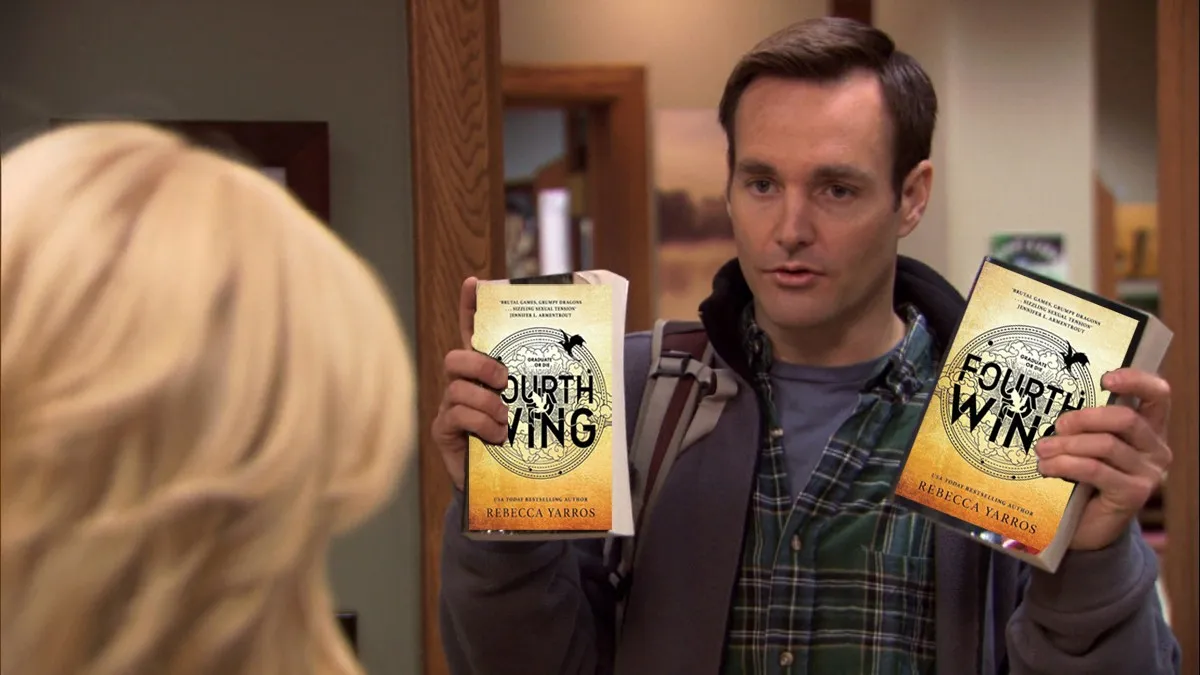Question: What’s more attractive than an intelligent, compassionate, rugged Professor, who has tumbling brown hair, cares for orphans, and loves to hear about your work?
Answer: A rich, rude snob, who despises dancing, scoffs at your family, and calls you “tolerable, but not handsome enough,” behind your back.
Apparently.
Little Women’s male romantic lead, Professor Friedrich Bhaer, is often overlooked for his contemporary in 19th century literature, Mr. Darcy of Jane Austen’s Pride and Prejudice. Described as “one of the most adored romantic heroes ever,” Mr. Darcy’s fans are steadfast in their devotion. But should the qualities of this prideful man, who doles out kindness only selectively, really be the epitome of literary romance?
This year is the 150th anniversary of Little Women’s first publication, providing us with an ideal window to update our amorous ideals and redirect our Darcy-veneration to a more modern, unconditionally kind leading man.
Professor Friedrich Bhaer, the man in question, sits opposite leading lady Jo March in Louisa May Alcott’s semi-biographical novel, Little Women, also a BBC miniseries that aired in December in the UK and will air this spring in North America. Jo, like Pride and Prejudice’s Lizzie Bennet, is an outspoken, witty woman, low on cash but not on banter. Unlike Pride and Prejudice, however, Little Women’s lead sparks considerable debate amongst readers in her choice of husband.
Her choice, Professor Bhaer, is considerably older than Jo: a fact reliably cited by almost all anti-Bhaerites. He is pushing 40 (to her early 20s), wears worn-down clothes, has a thick German accent, a bushy beard, and according to Jo in a letter to her family, didn’t have “a really handsome feature in his face.” But, the first thing we learn about this unlikely star is his kindness.
When we first see Bhaer, he helps a servant girl carry wood up the stairs of the boarding house in which both he and Jo reside. When Jo asks a friend who the scruffy helper is, she learns he’s a philosophy Professor who immigrated from Germany to support and educate his two orphaned nephews.
Swoon-worthy, no?
But instead of naming Bhaer the undisputed champion of fictional romantic heroes for his chivalry, intellect, and unfettered generosity, he is cast aside by readers for the beloved Darcy.
Yes, unquestionably, Darcy is handsome and rich. In fact, it’s the first thing we learn about him. Within one paragraph of meeting him, readers know that he is “tall,” of “handsome feature,” and “having ten thousand a year.”
But within the same paragraph, we also learn of Darcy’s behavioral flaws. “His manners gave a disgust which turned the tide of popularity,” Austen writes, “for he was discovered to be proud, to be above his company, and above being pleased.”
Which brings us to what some experts point to as the rationale for Pride and Prejudice’s fans’ undying admiration of Darcy. He is a bad boy who changes for the heroine of the story, Lizzie Bennet.
Dr. Erika Svanoe, creator of the card game Marrying Mr. Darcy and composer at Augsburg University, pointed to this bad boy character arc as a reason for his appeal, calling him “dark” and “brooding.” She also said, “It is appealing to imagine ourselves as so charming, clever, and strong-willed (like Elizabeth) that we are able to crack the pride of a man like Darcy and change him for the better.”
Others echo the same sentiment. The Date Report’s article “The Darcy Effect” compares the love story of Lizzie and Darcy to that of Beauty and the Beast. Chiara Atik writes that it’s only the women in Darcy’s life “who are able to bring out this more personable and caring side.”
But should the bad-boy-to-good-guy transformation really be the peak of romantic reverence? Why isn’t the man of our dreams someone who shows this kindness to everyone, not just the single woman he’s trying to seduce?
Speech pathologist and author Phyllis Ferguson-Bottomer tends to agree. Said Ferguson-Bottomer, “That feeling that the love of a woman can change the guy, that can be dangerous sometimes.” She continued, “People don’t just change at the drop of a hat like that.”
It’s this villain-to-hero transition that Louisa May Alcott directly rebels against in Little Women and her other novels. Dr. Christine Doyle, Professor of English at Central Connecticut State University, said, “The 19th century feminist in her, is that she doesn’t have any faith in heroes that the villain can supposedly turn into.”
The transformation is a common character development among Victorian romances, most notably also seen in the classics Jane Eyre, with Rochester, and Wuthering Heights, with Heathcliff. Said Doyle, “That kind of pushy, older guy, she resists that.” She continued, “The women’s role is not to save the guy, there’s no equality in that relationship.”
And herein lies a key difference between Jo and Bhaer, and Lizzie and Darcy. Jo and Bhaer are equals in their relationship, and Lizzie and Darcy are not. Yes, Lizzie changes Darcy for the better. Yes, Lizzie and Darcy share values of ethics and integrity. But Lizzie’s authority is limited to Darcy’s feelings about her.
Darcy, on the other hand, possesses an enormous amount of control in the relationship due to his sheer wealth. Said Ferguson-Bottomer of the 19th century literary age, “When you’re wealthy, it means you have power.” And in this degree, Darcy holds all the power. When it comes down to it, if Lizzie wanted to leave Darcy, she couldn’t.
Little Women’s Jo, on the other hand, has her own successful career as a writer and owner of a school for boys. If she wants to end her relationship (ignoring the fact that divorce at the time was a near impossibility), she can easily sustain herself. Jo doesn’t need Bhaer, she wants him, and this makes all the difference in the relationship’s power dynamic.
Bhaer not only allows Jo’s progressive career aspirations, but he encourages them. Bhaer is not just Jo’s partner, he is her ally, which, especially in the early 19th century, is a beautifully modern and ultimately feminist act. Translated into today’s times, Professor Bhaer would undoubtedly support a #NastyWoman. Could Darcy time travel so easily?
We shouldn’t have to change a man’s personality just to get our happily-ever-afters. As allegations of sexual abuse and harassment in Hollywood reach the media, we are increasingly aware of the imbalanced power dynamics perpetrated, and often idolized in films and literature.
If we must romanticize someone at this transitional moment in women’s rights, let it be someone who is unconditional with their generosity, who wields no unbalanced power in their hands, and who is an ally for us in our aspirations. Professor Bhaer is not perfect, but he may just be the romantic substitute we need, albeit 150 years late.
(image: Focus Features and BBC)
Clare Church is a researcher and writer, currently based out of Toronto, Ontario. Twitter: @clarechurch.
Want more stories like this? Become a subscriber and support the site!
—The Mary Sue has a strict comment policy that forbids, but is not limited to, personal insults toward anyone, hate speech, and trolling.—








